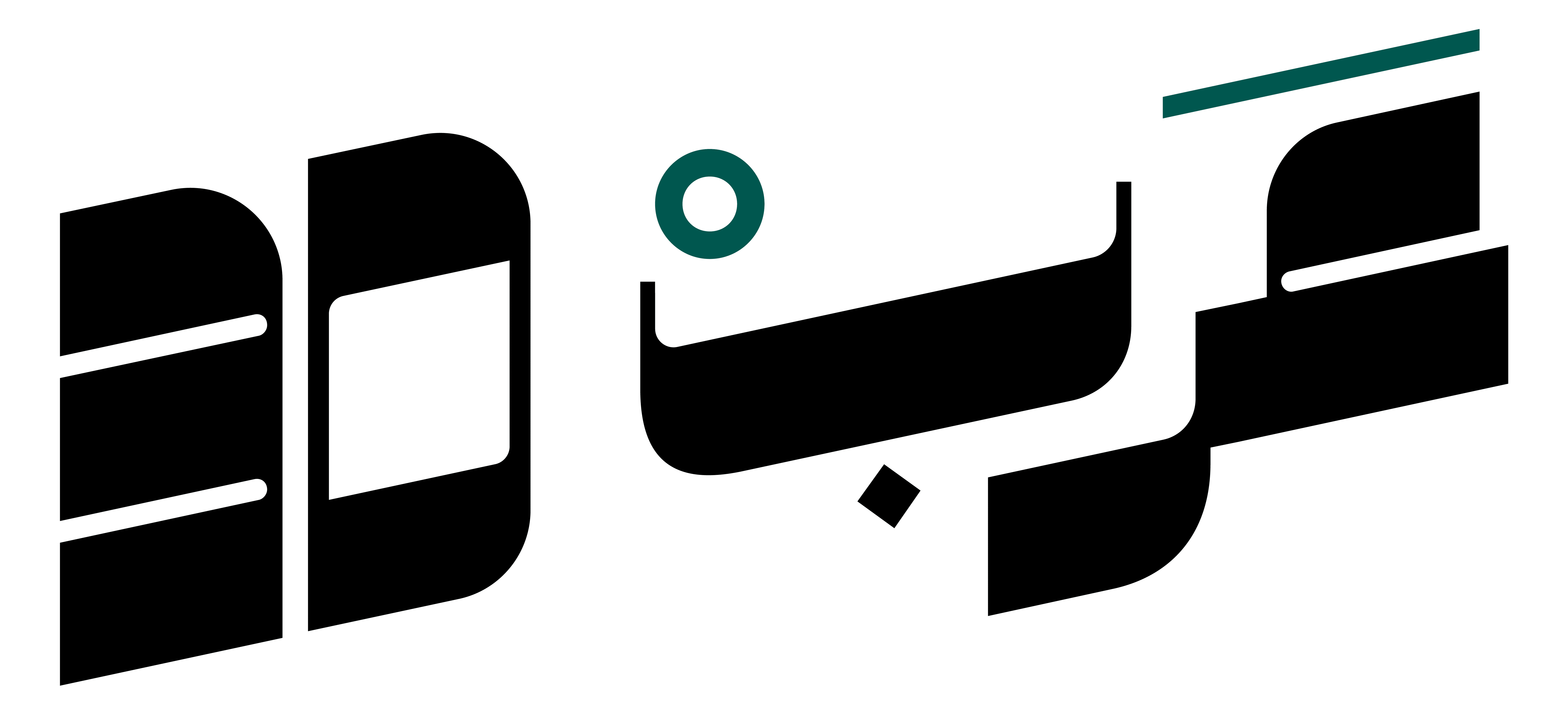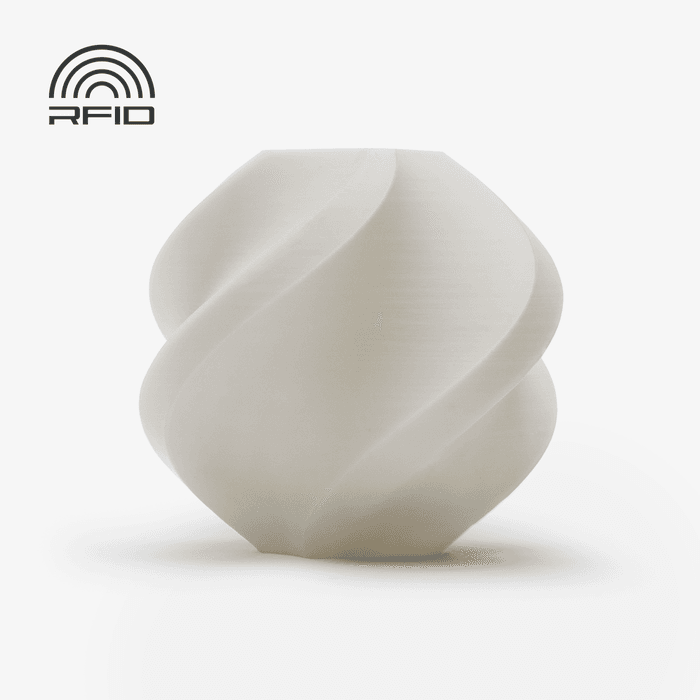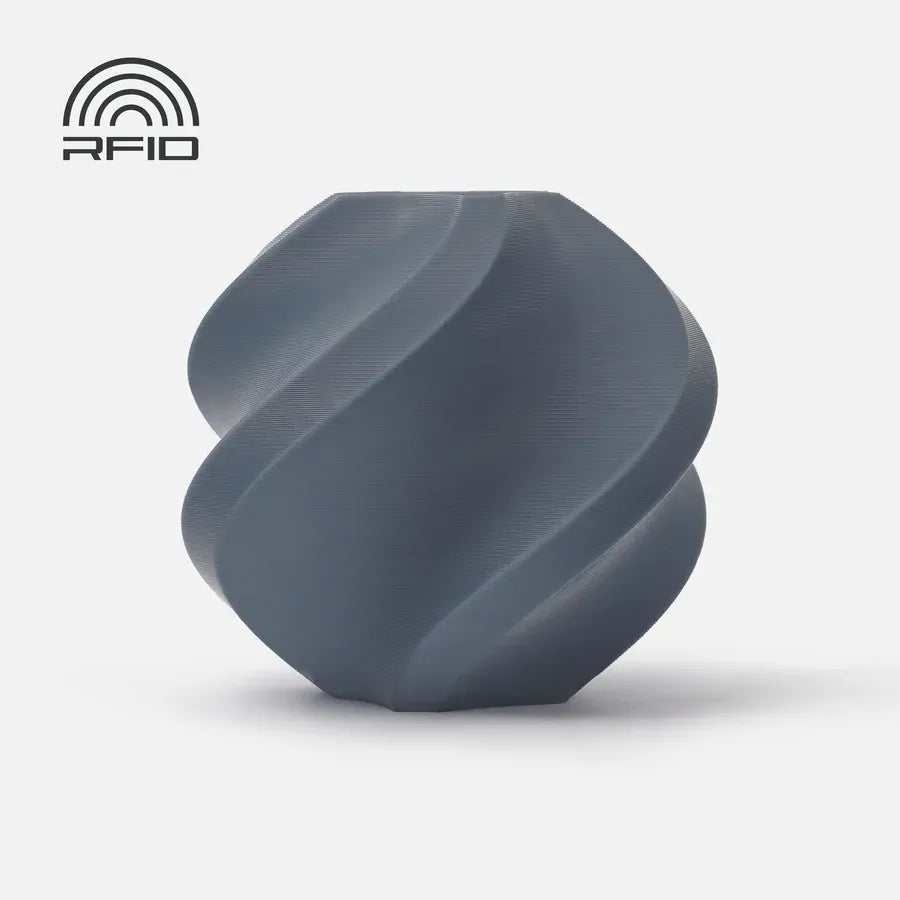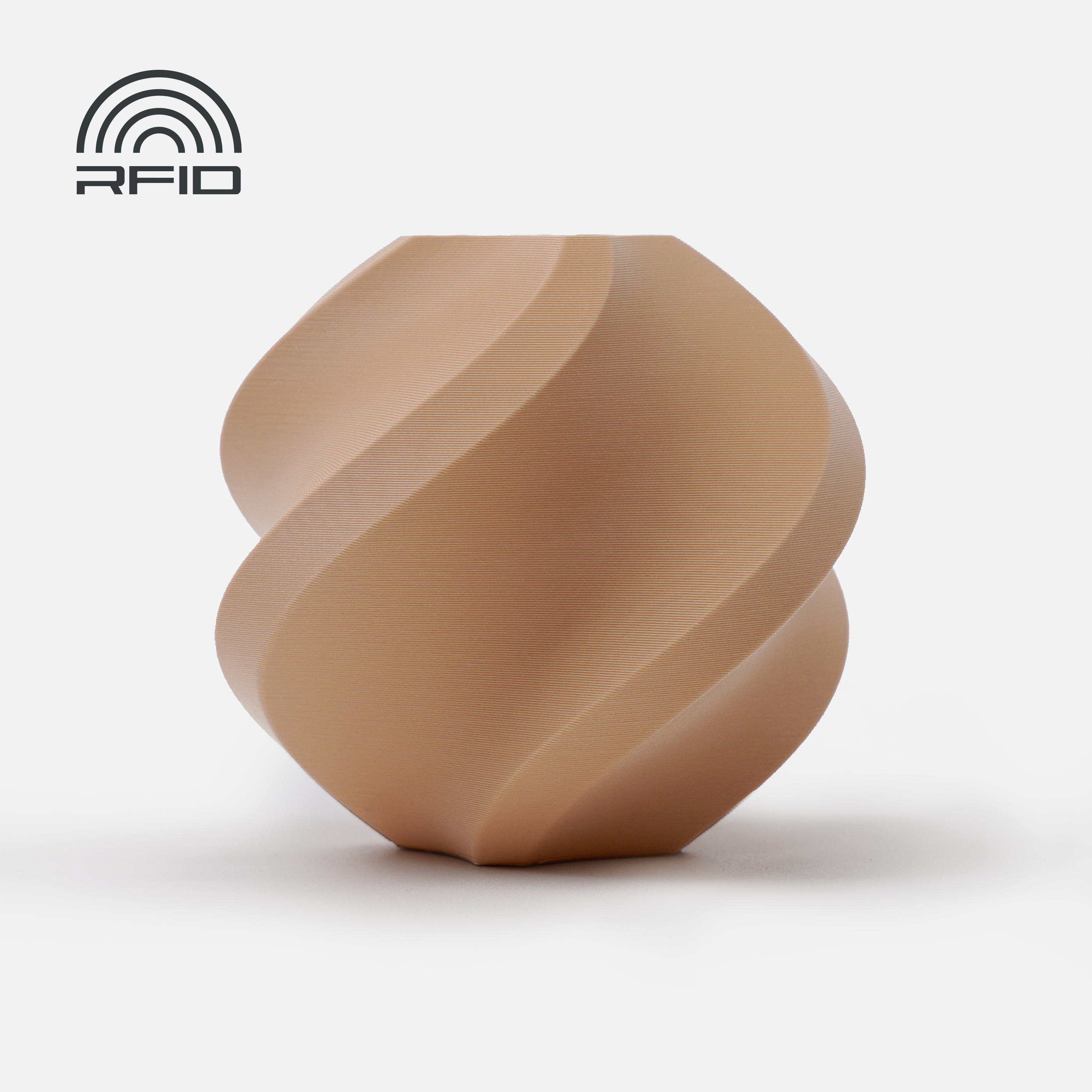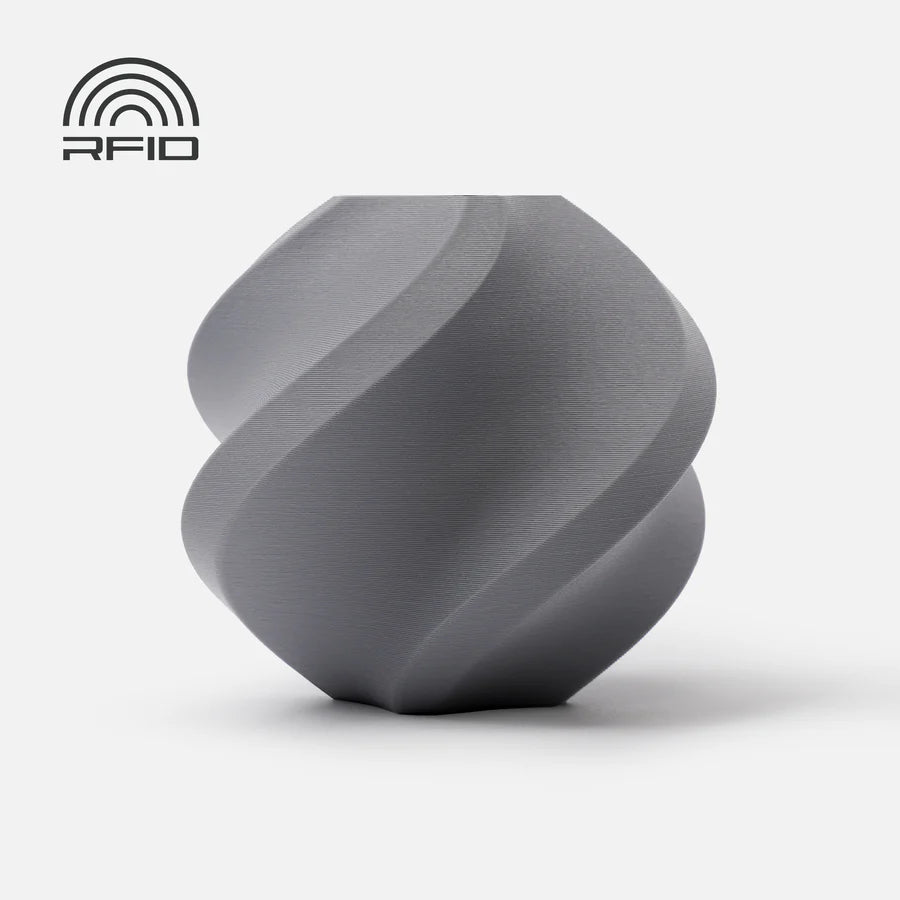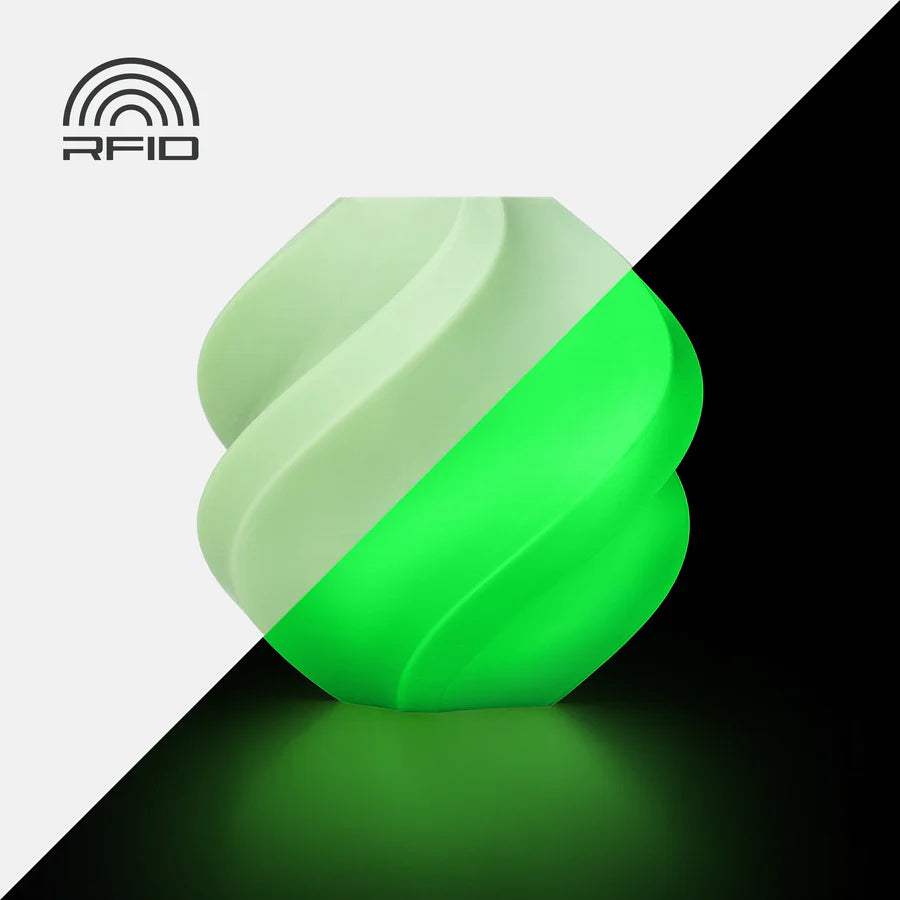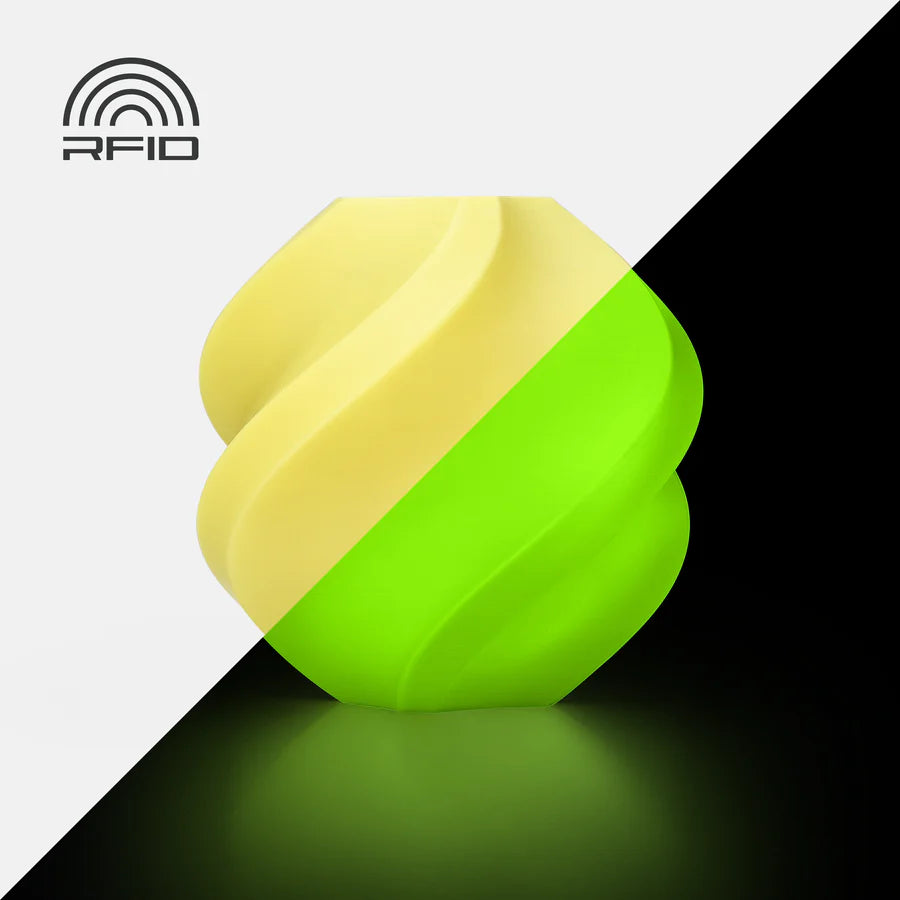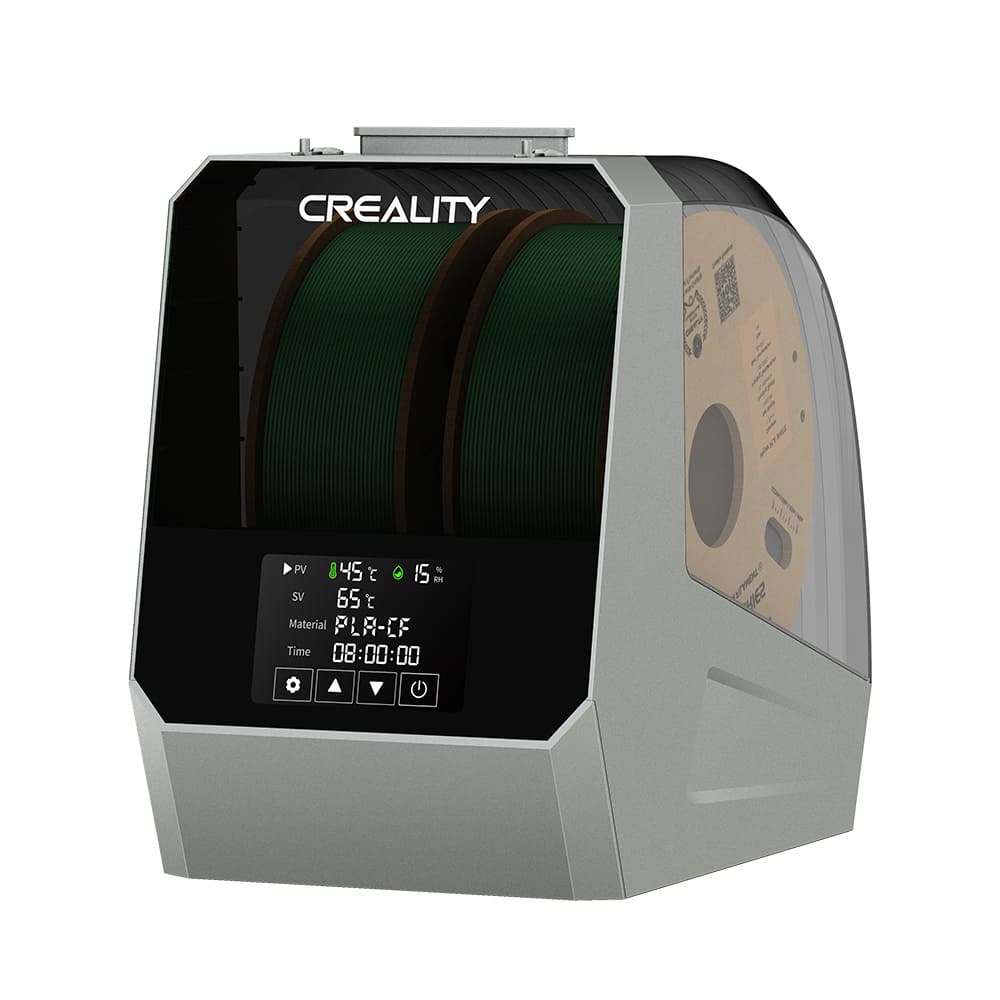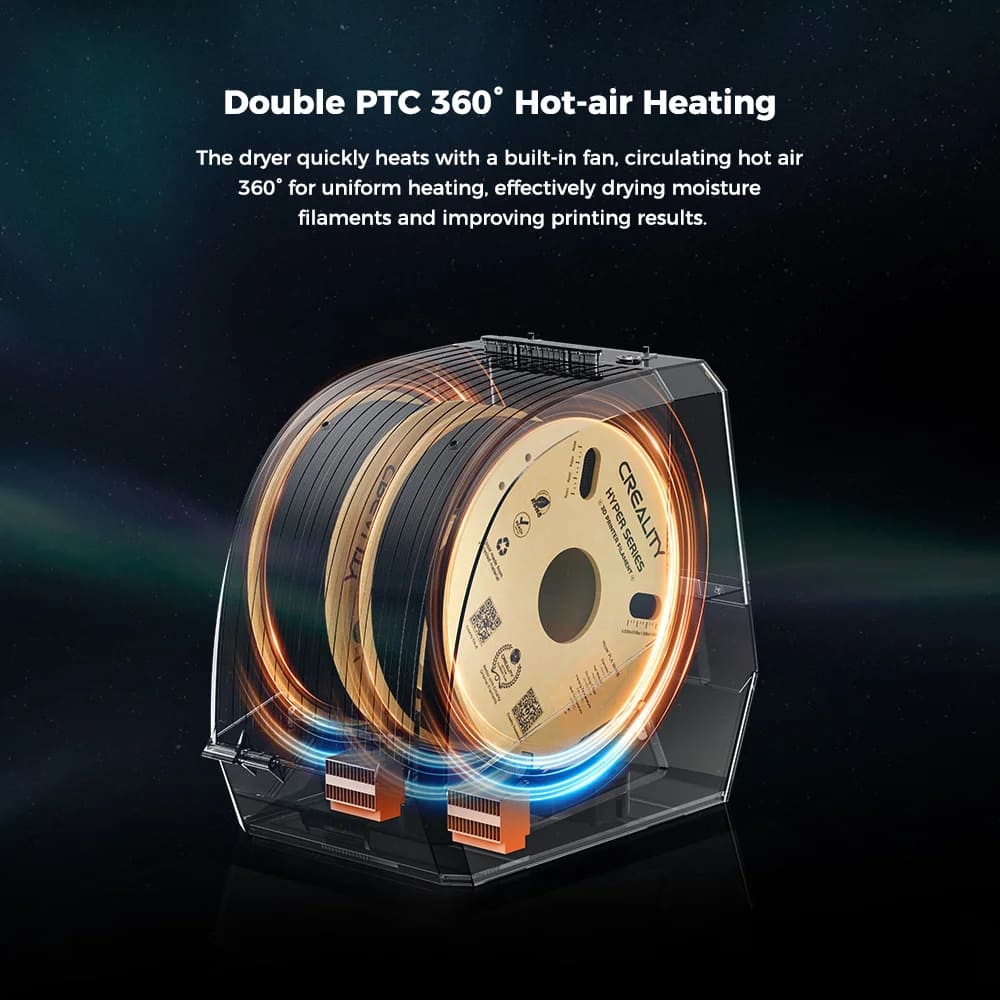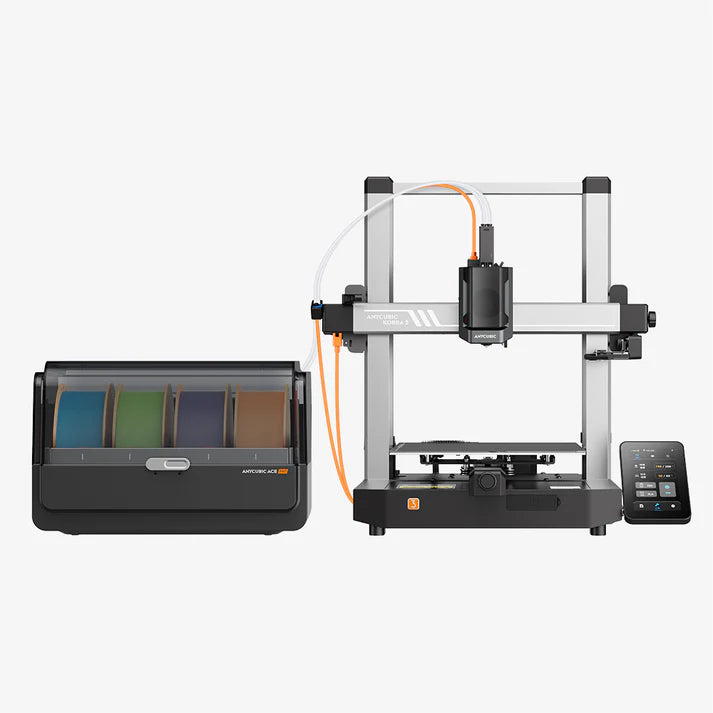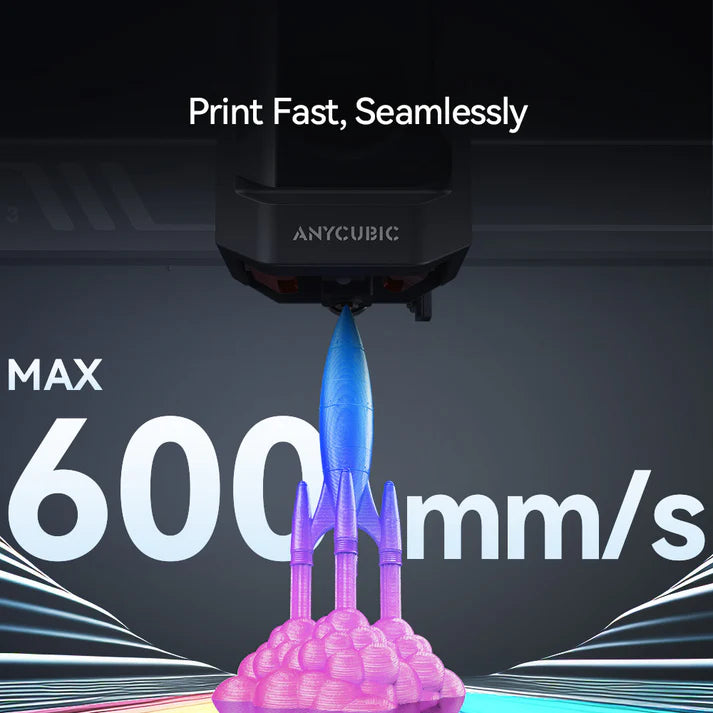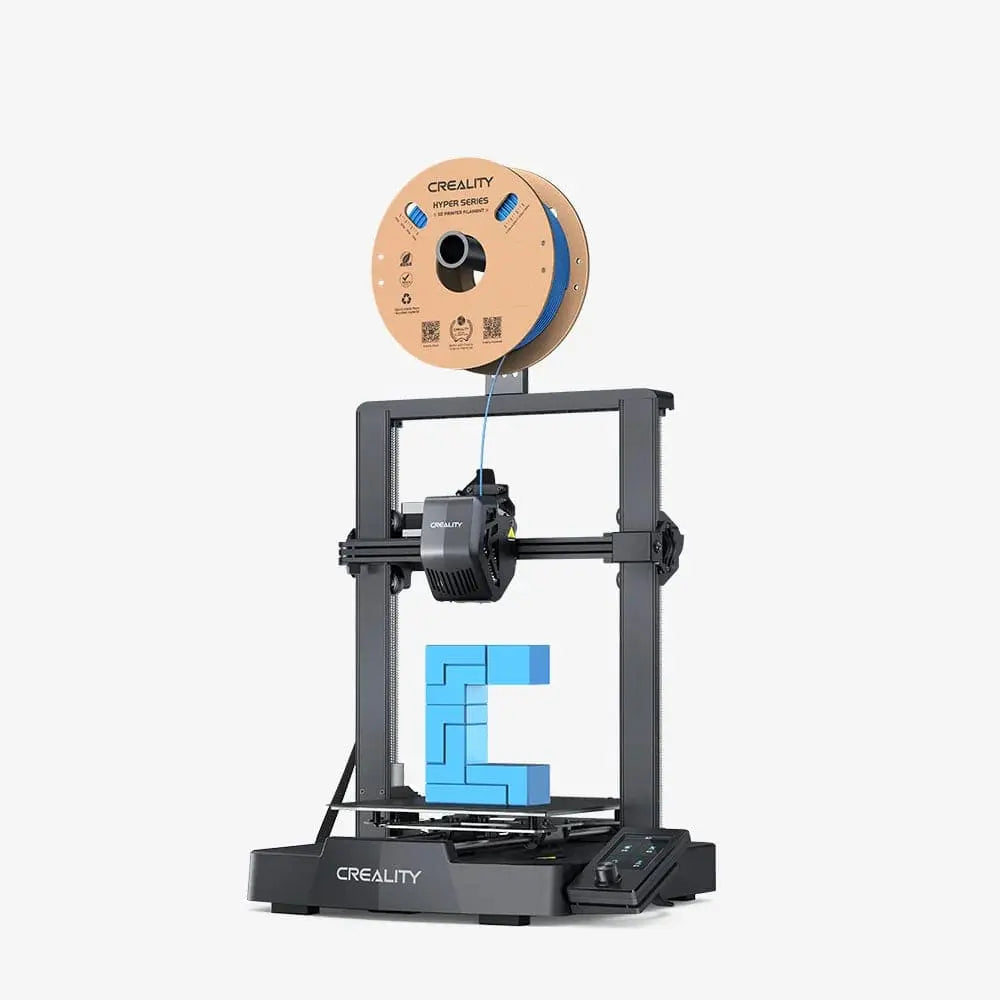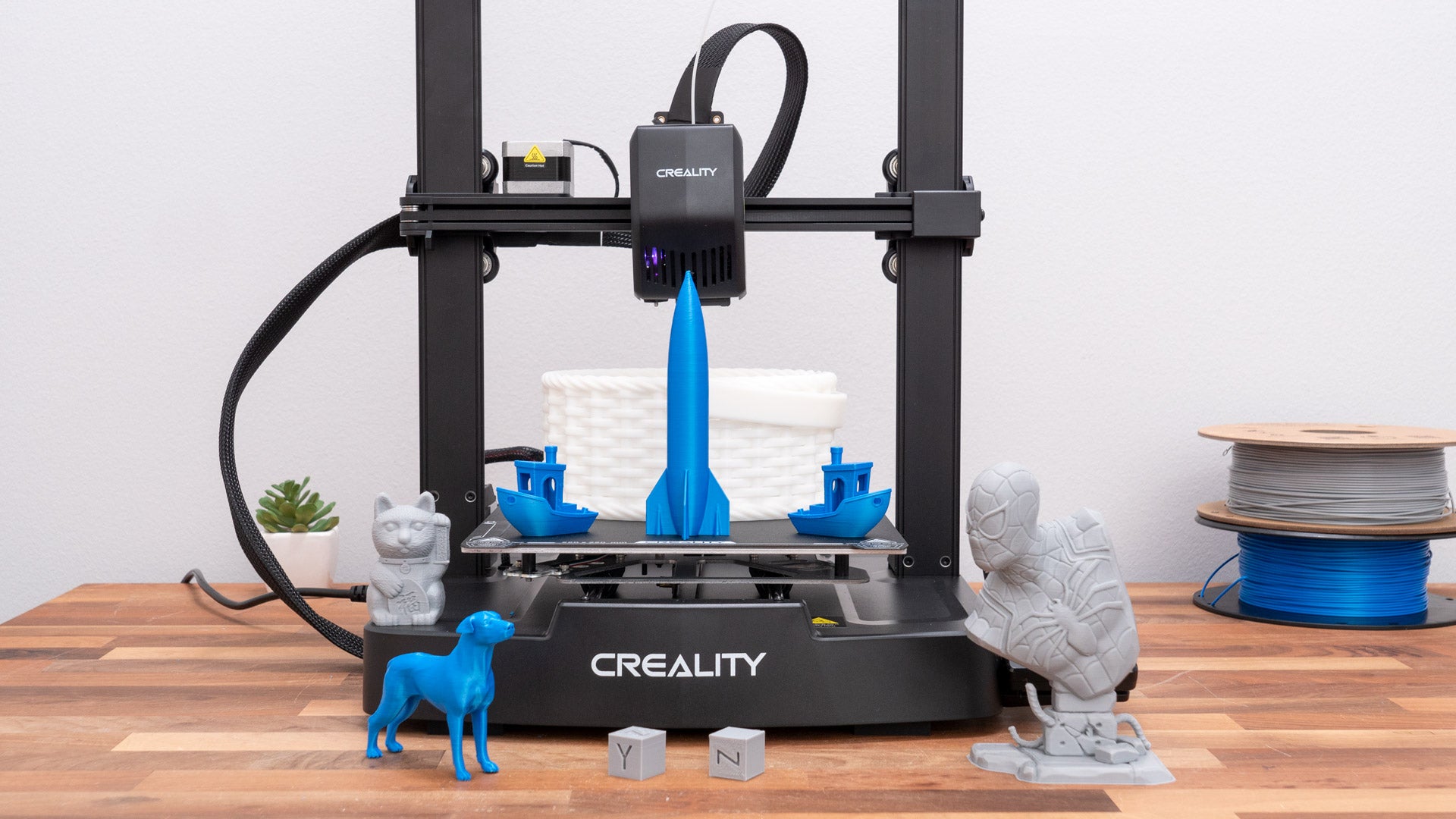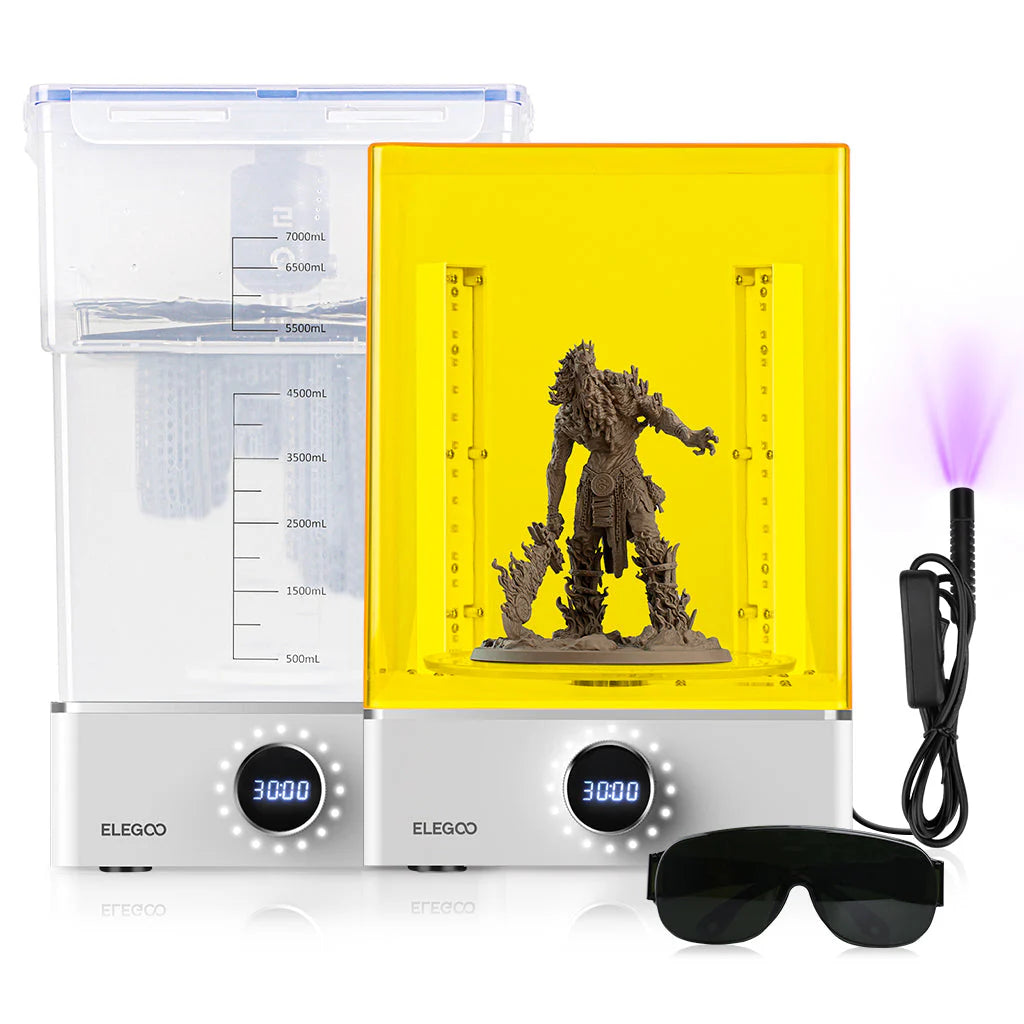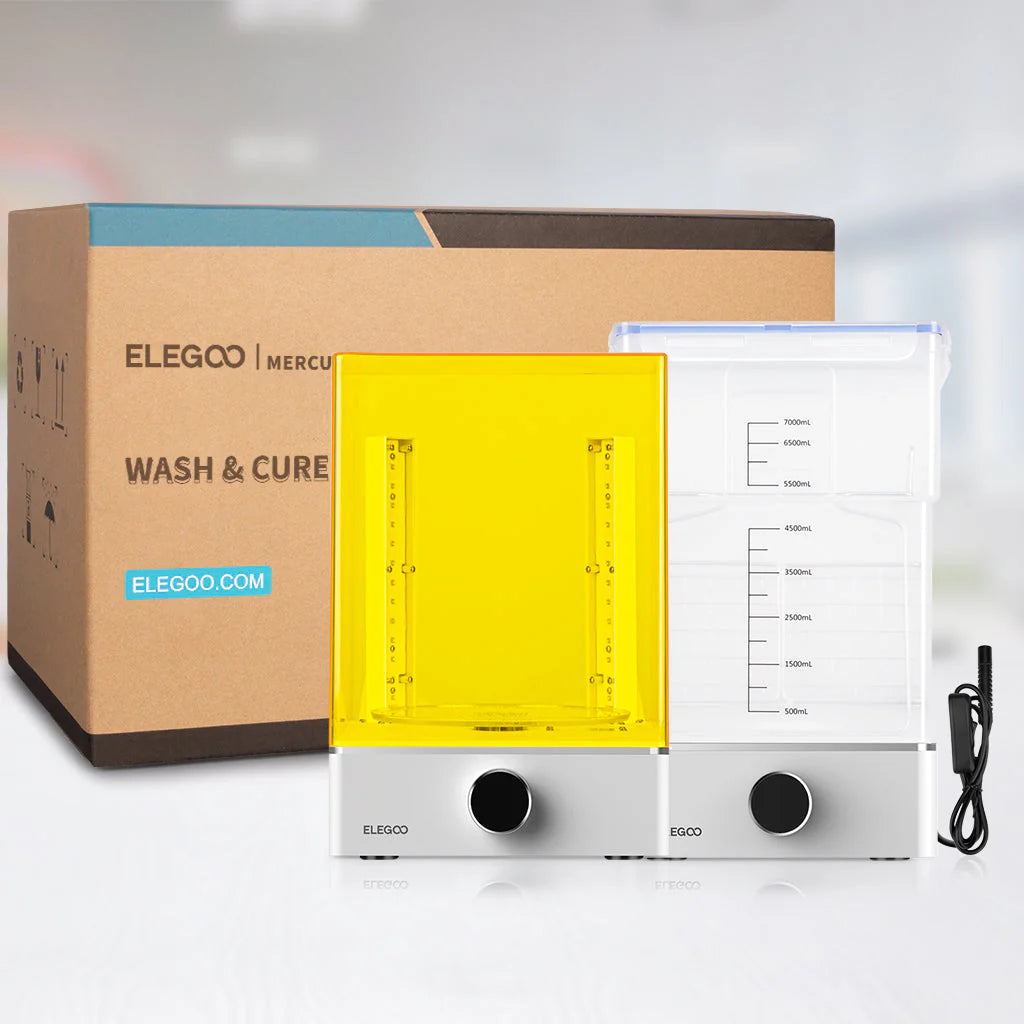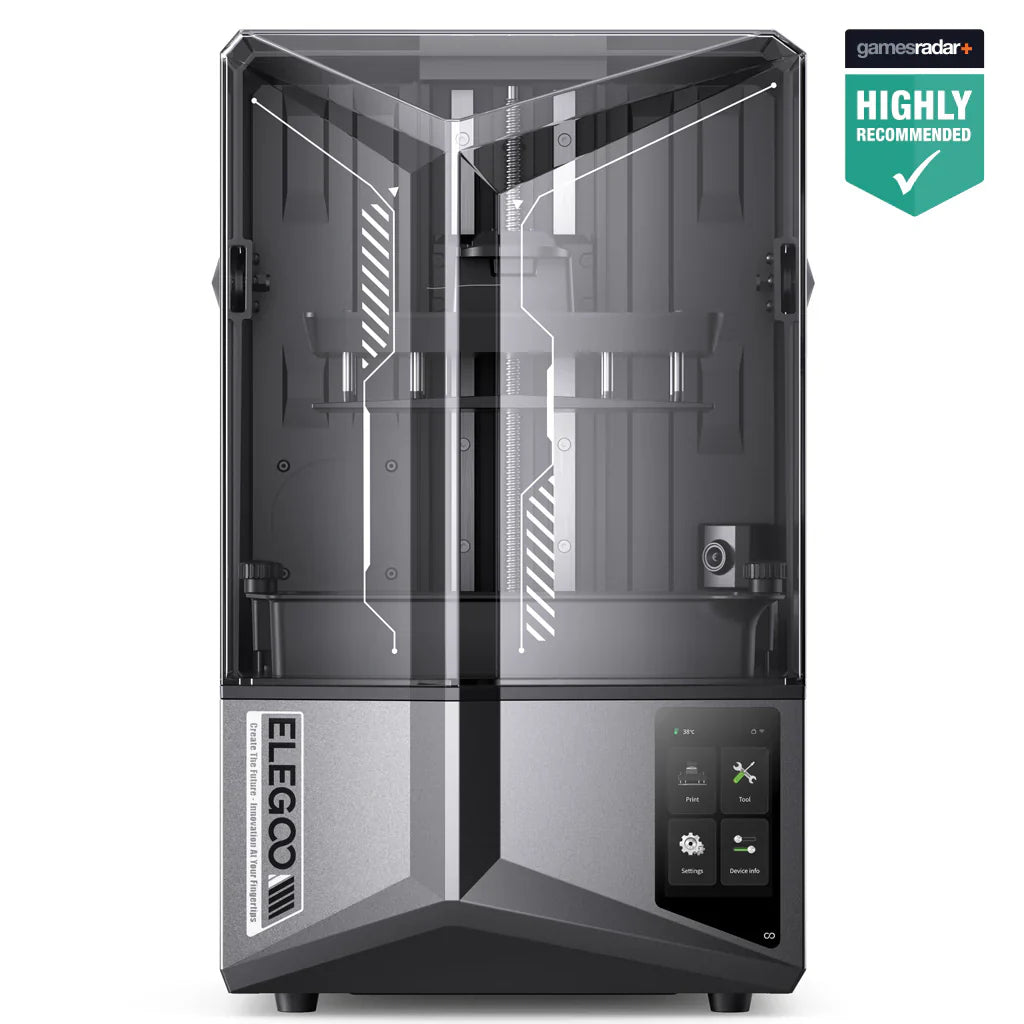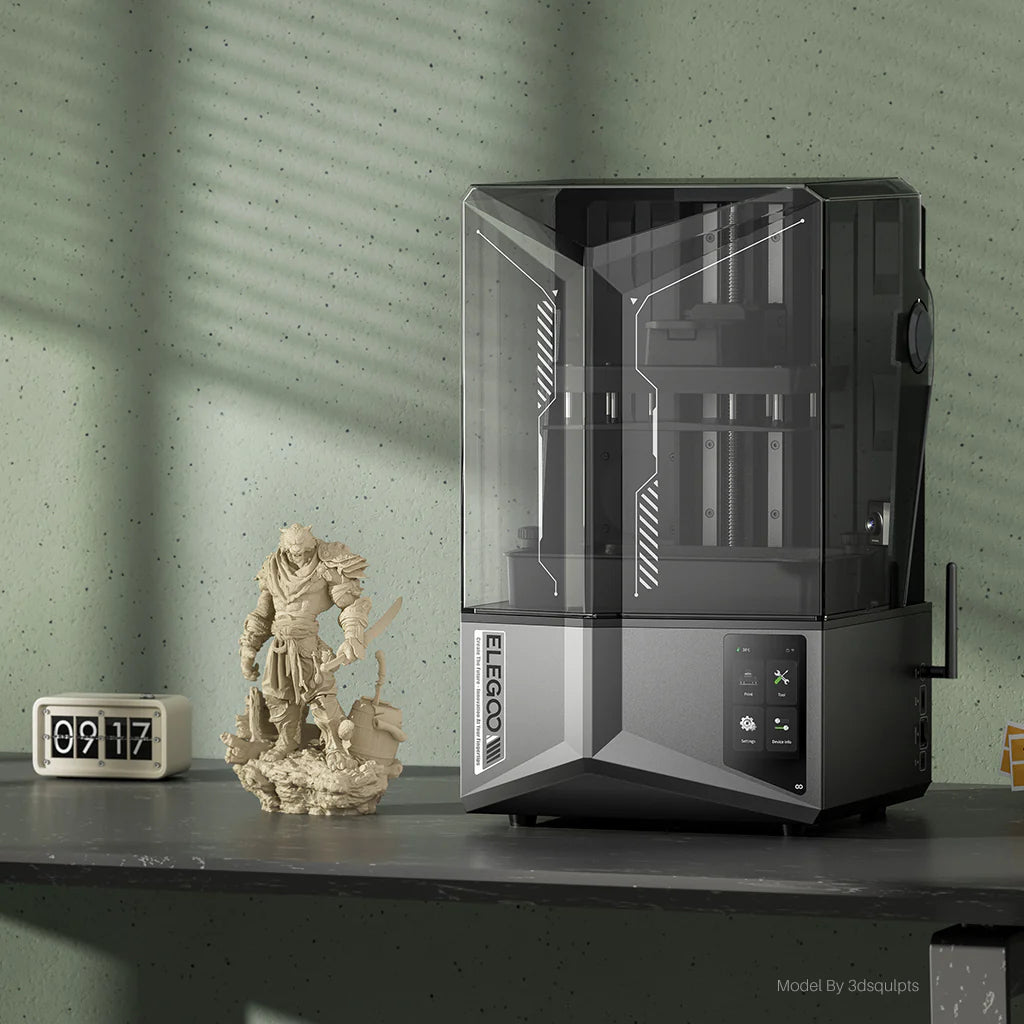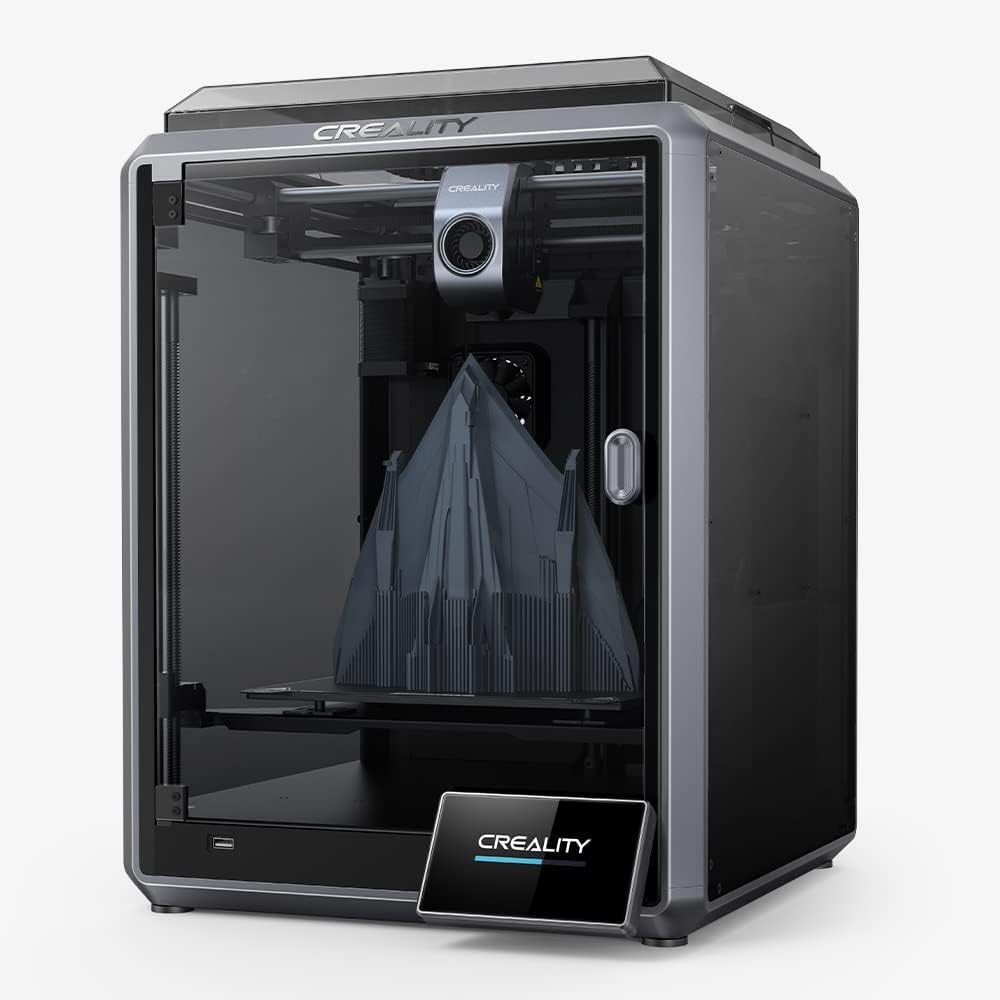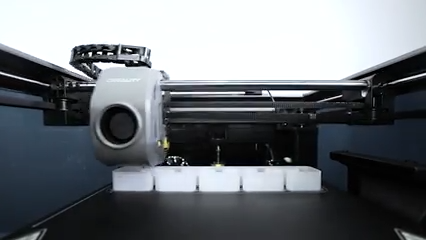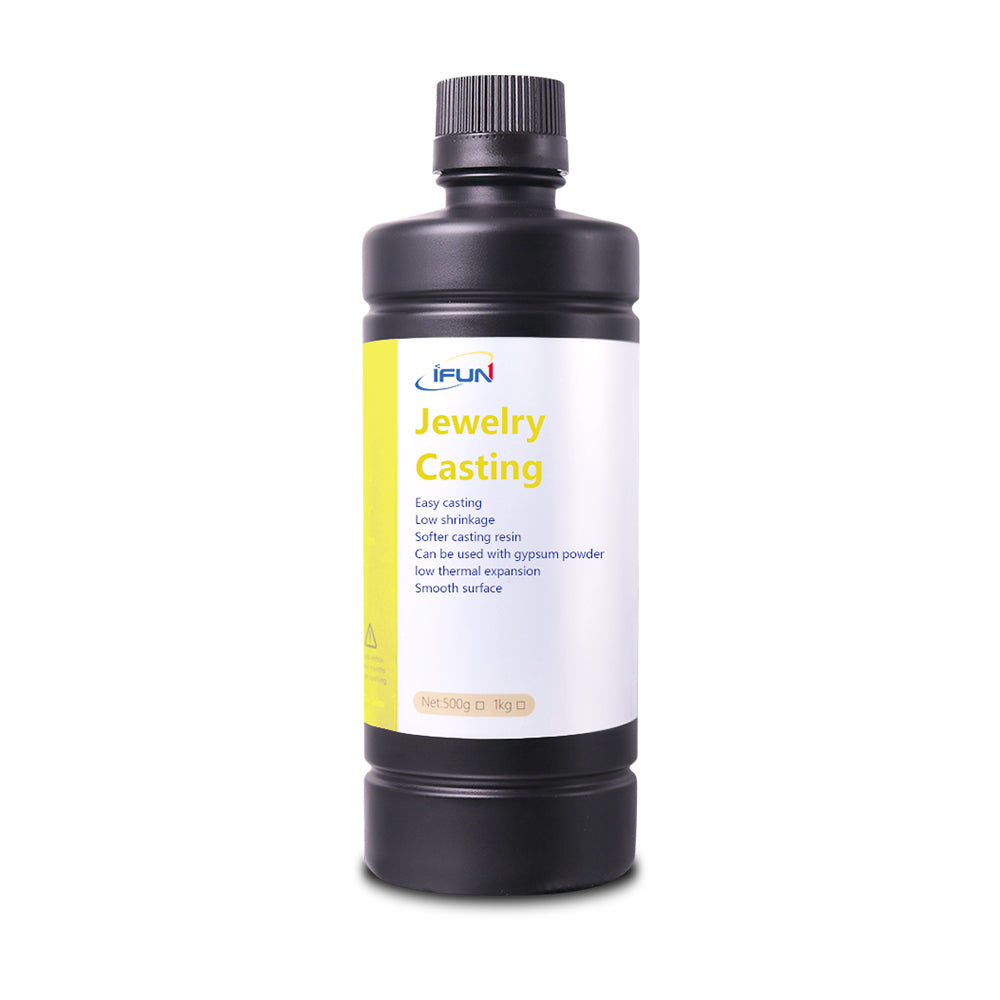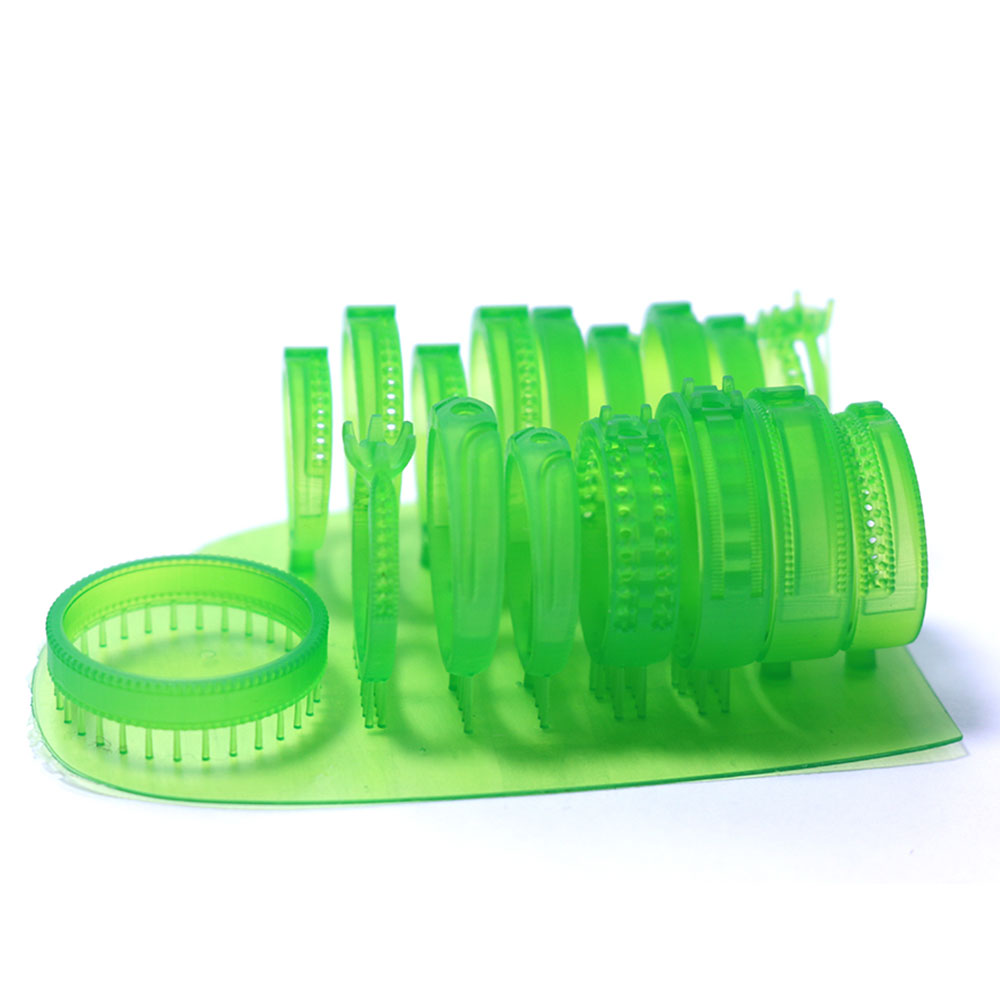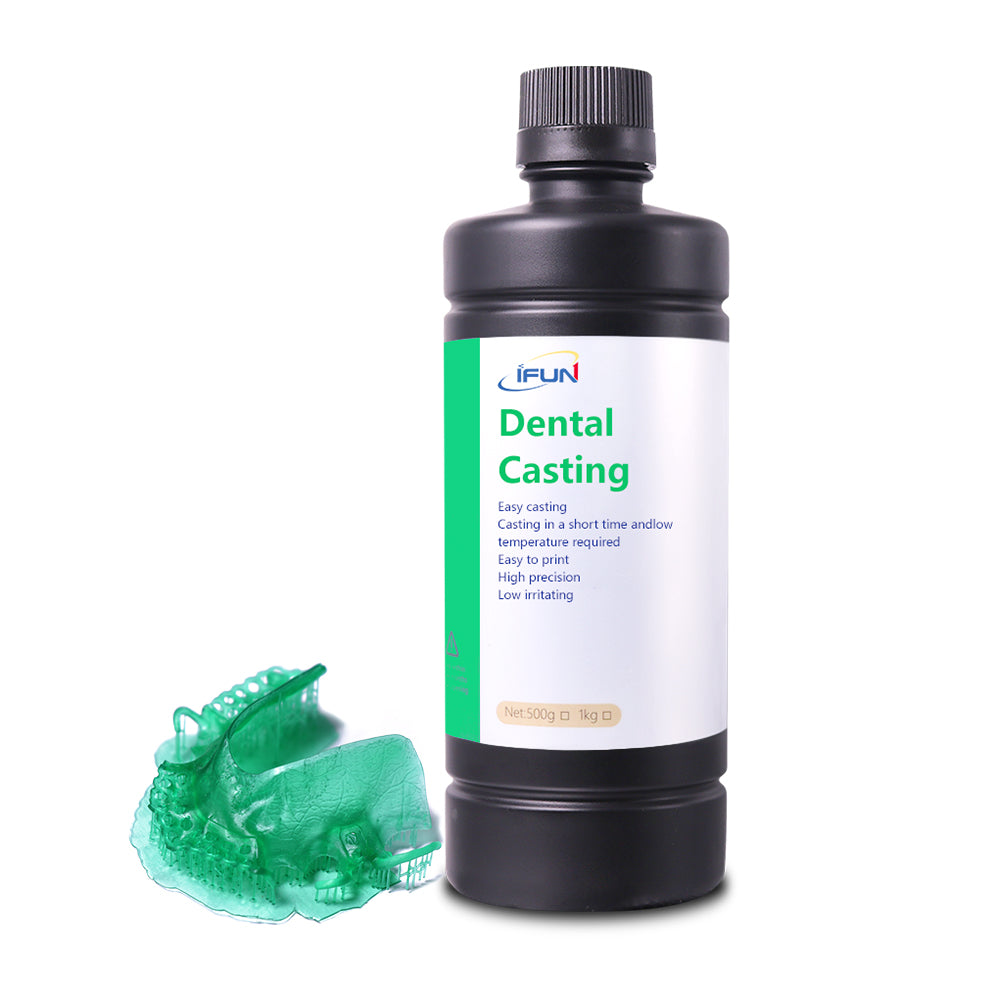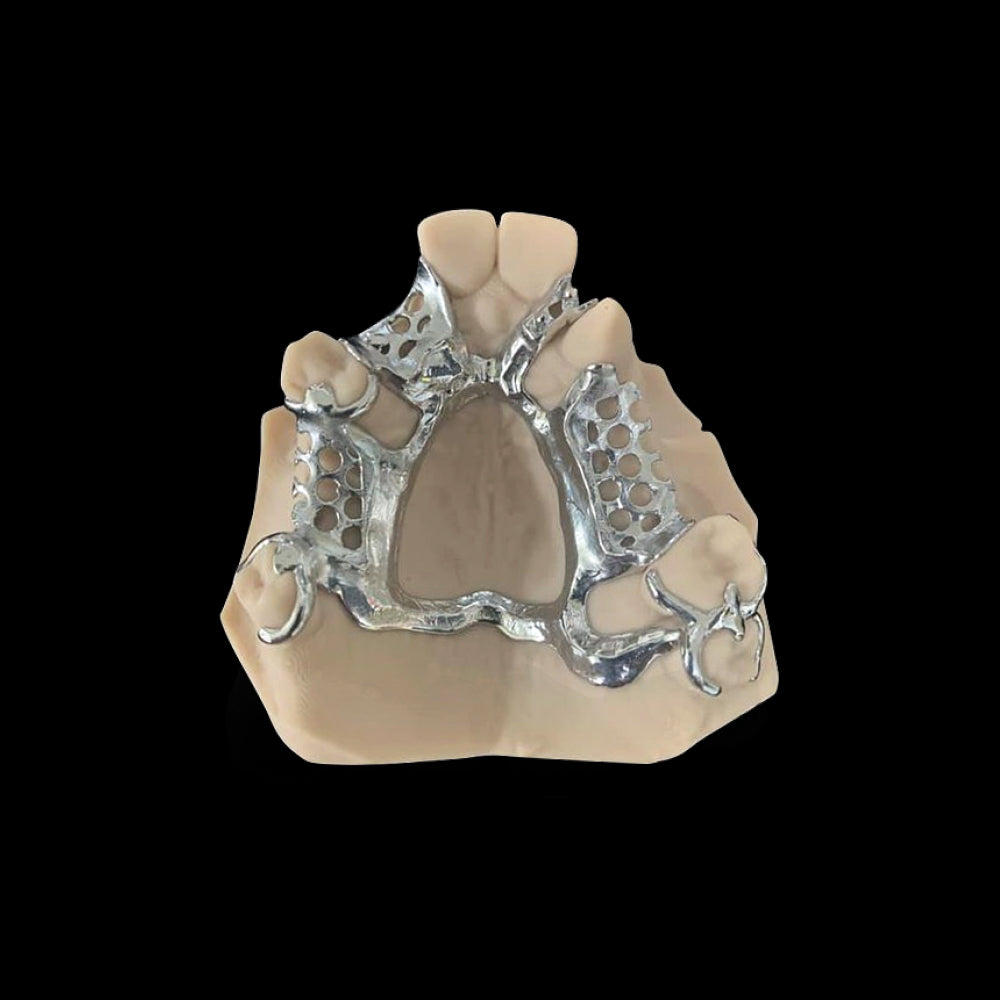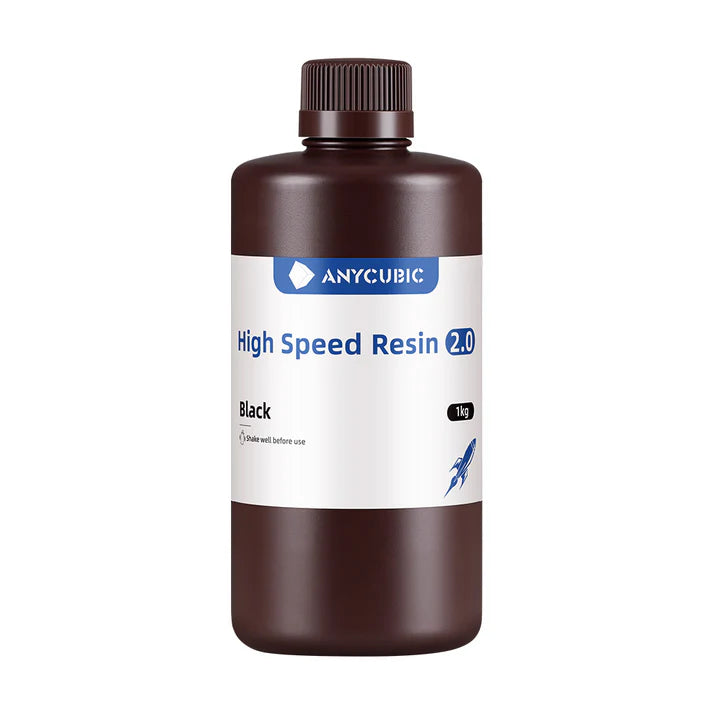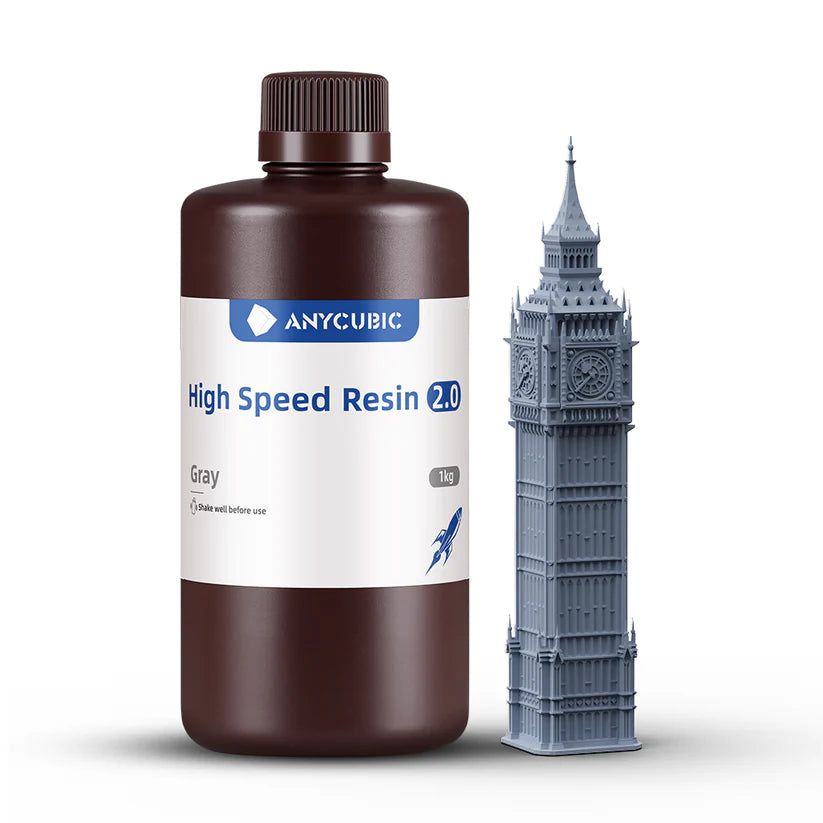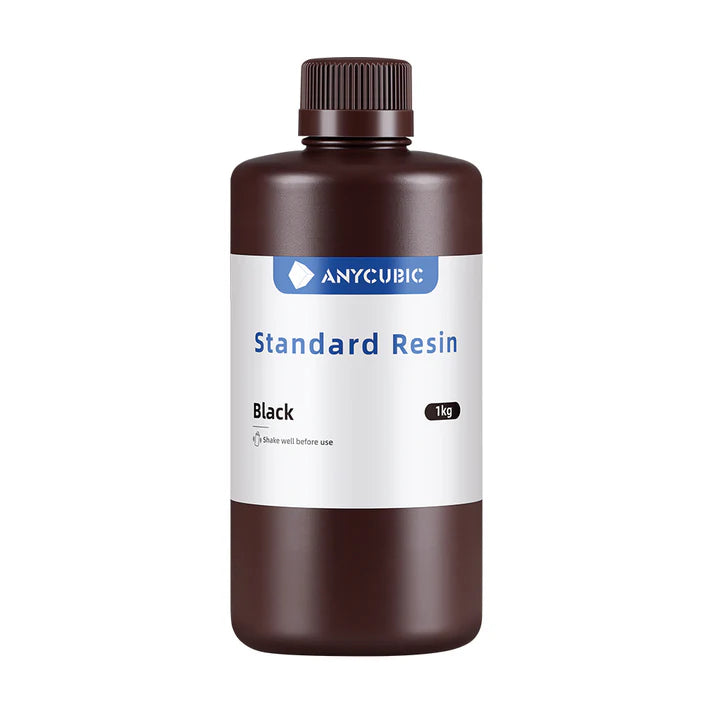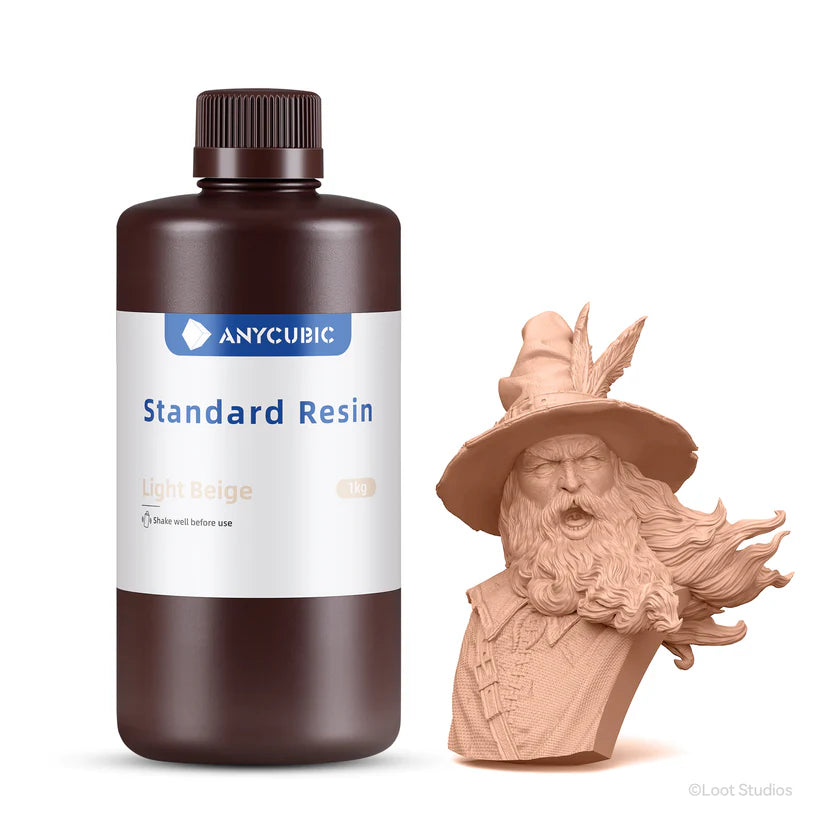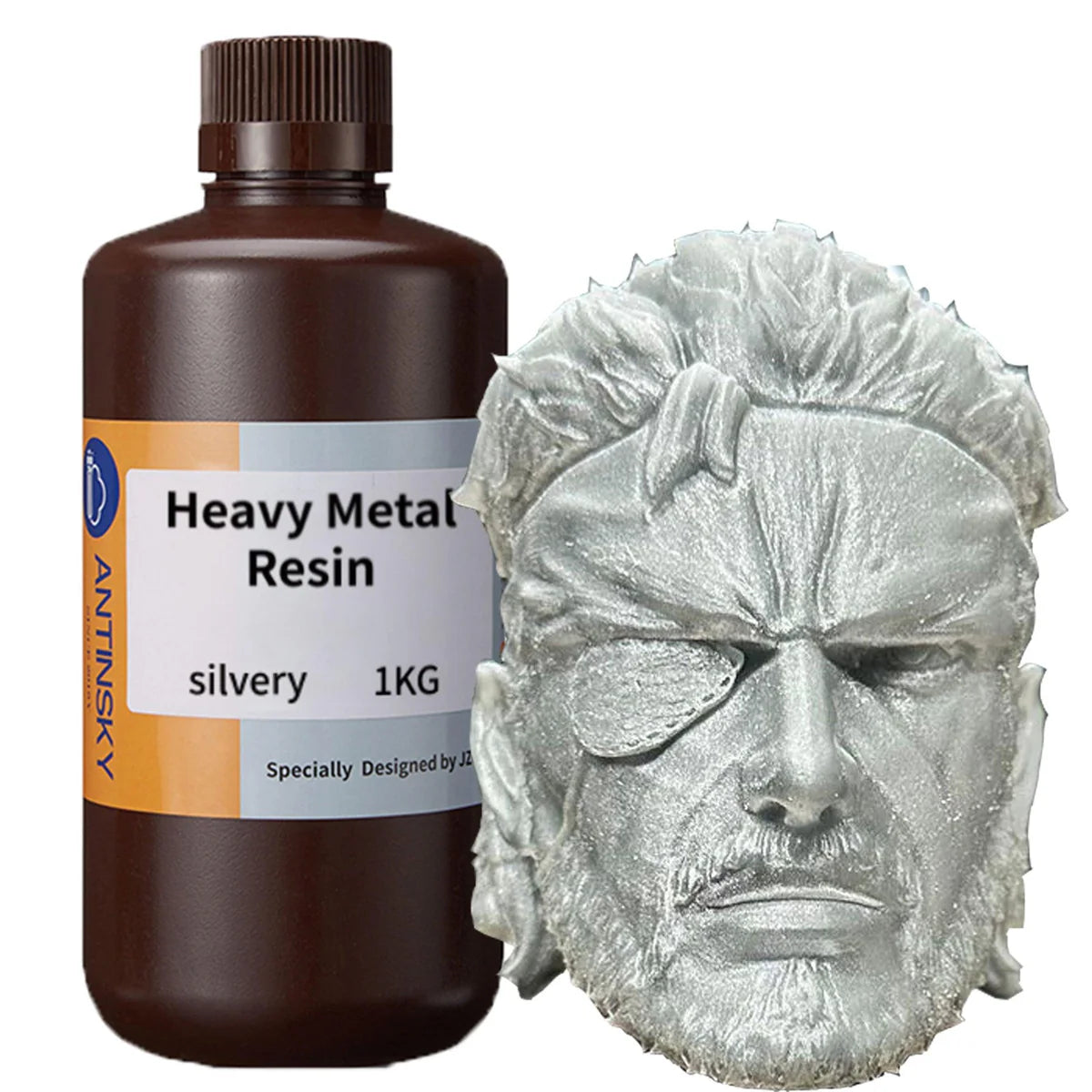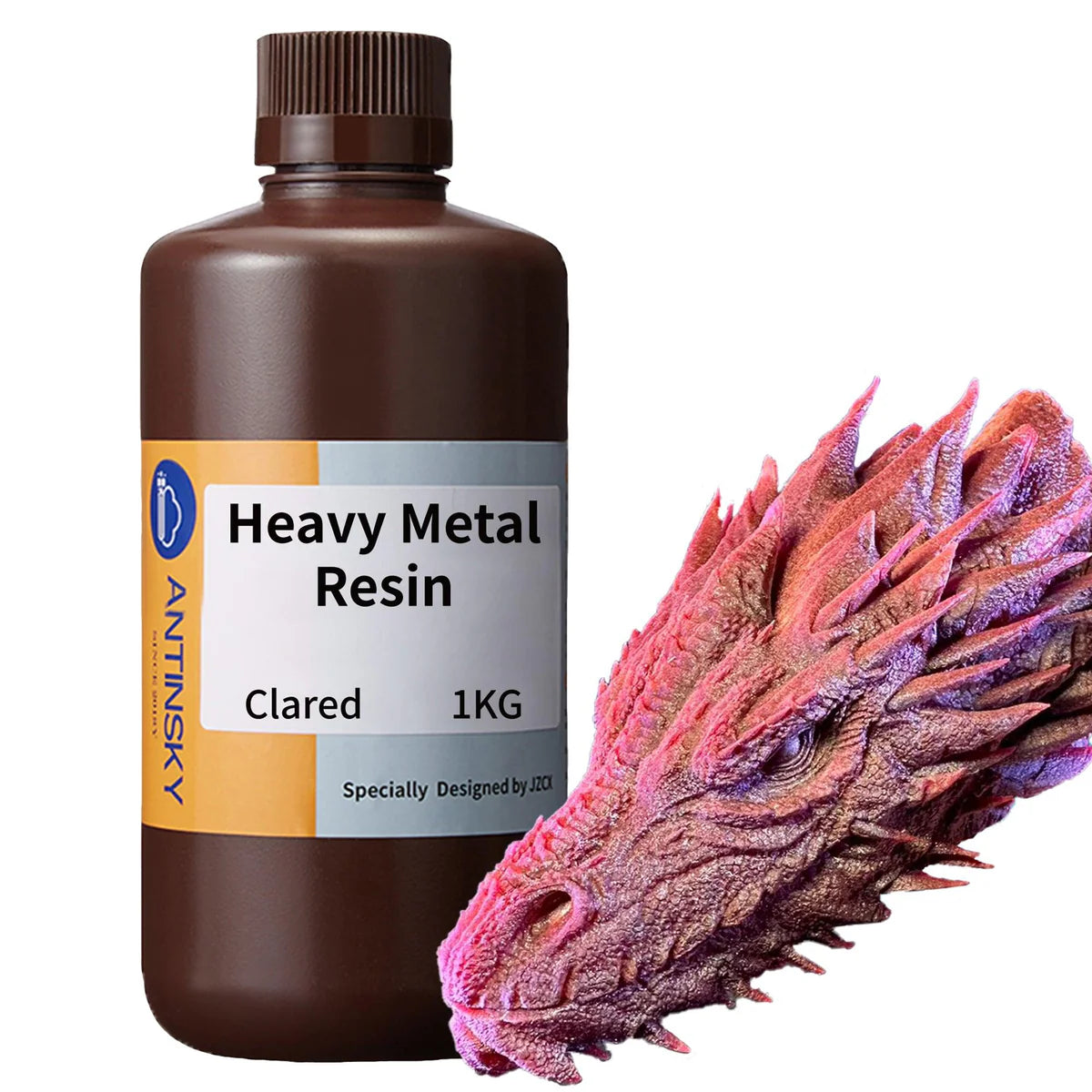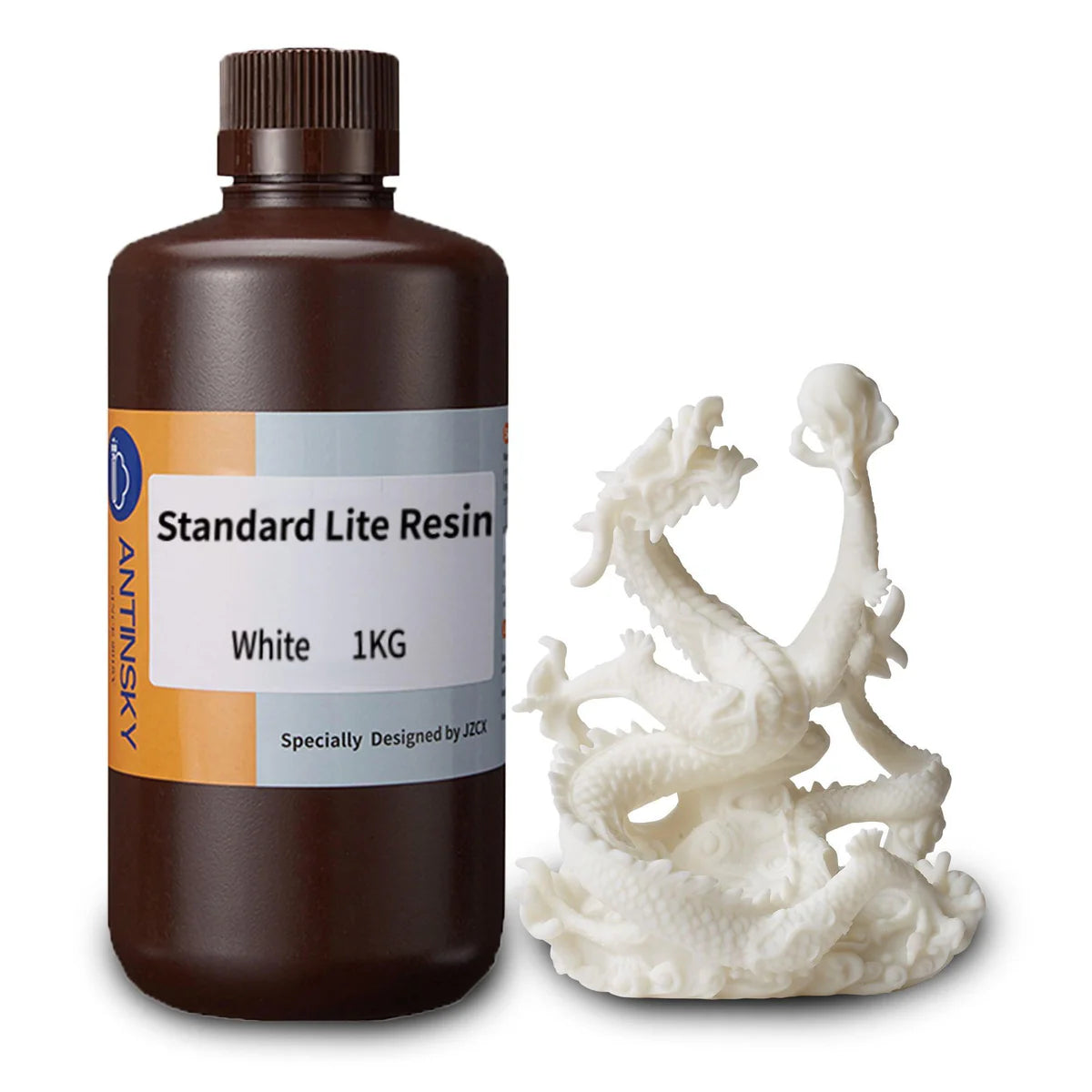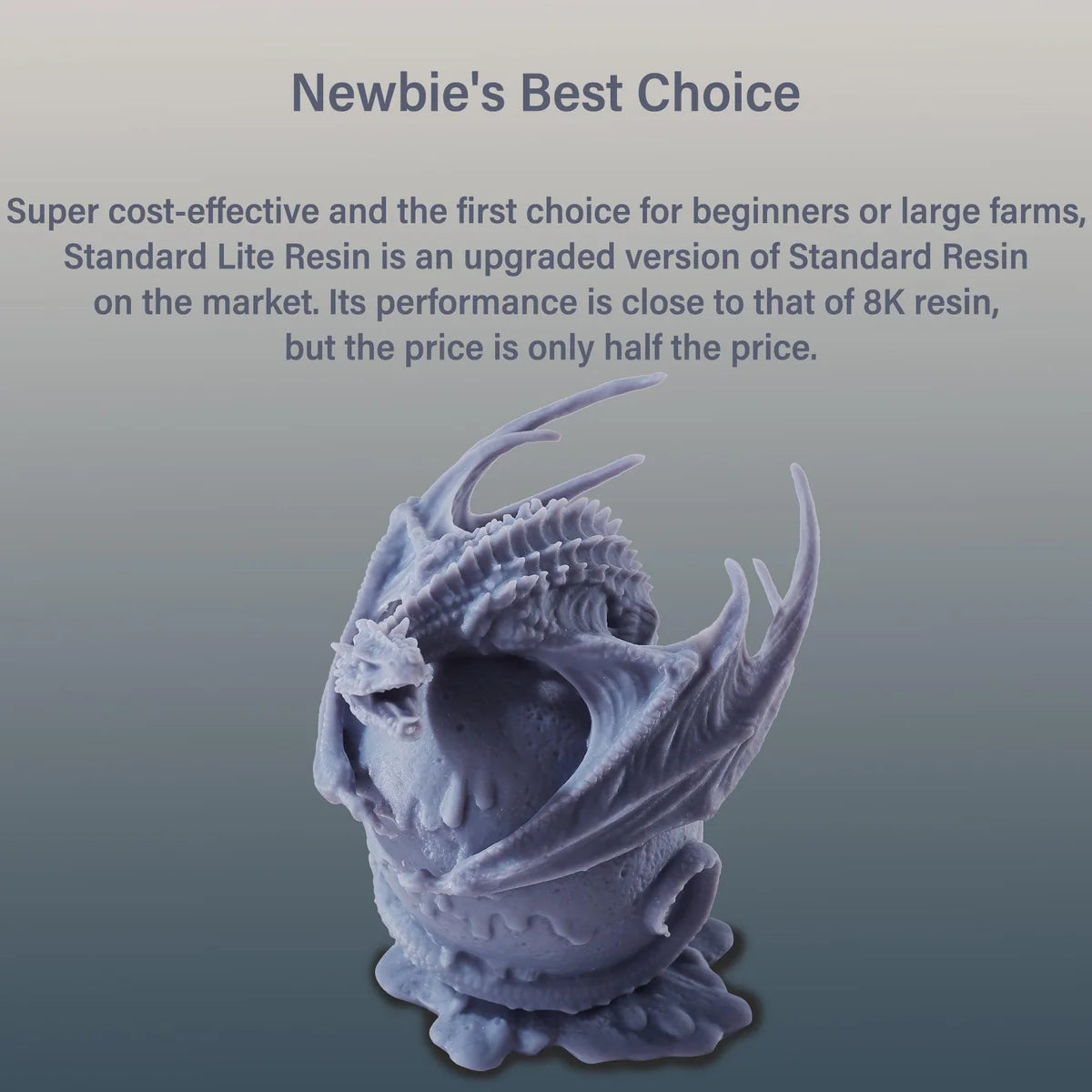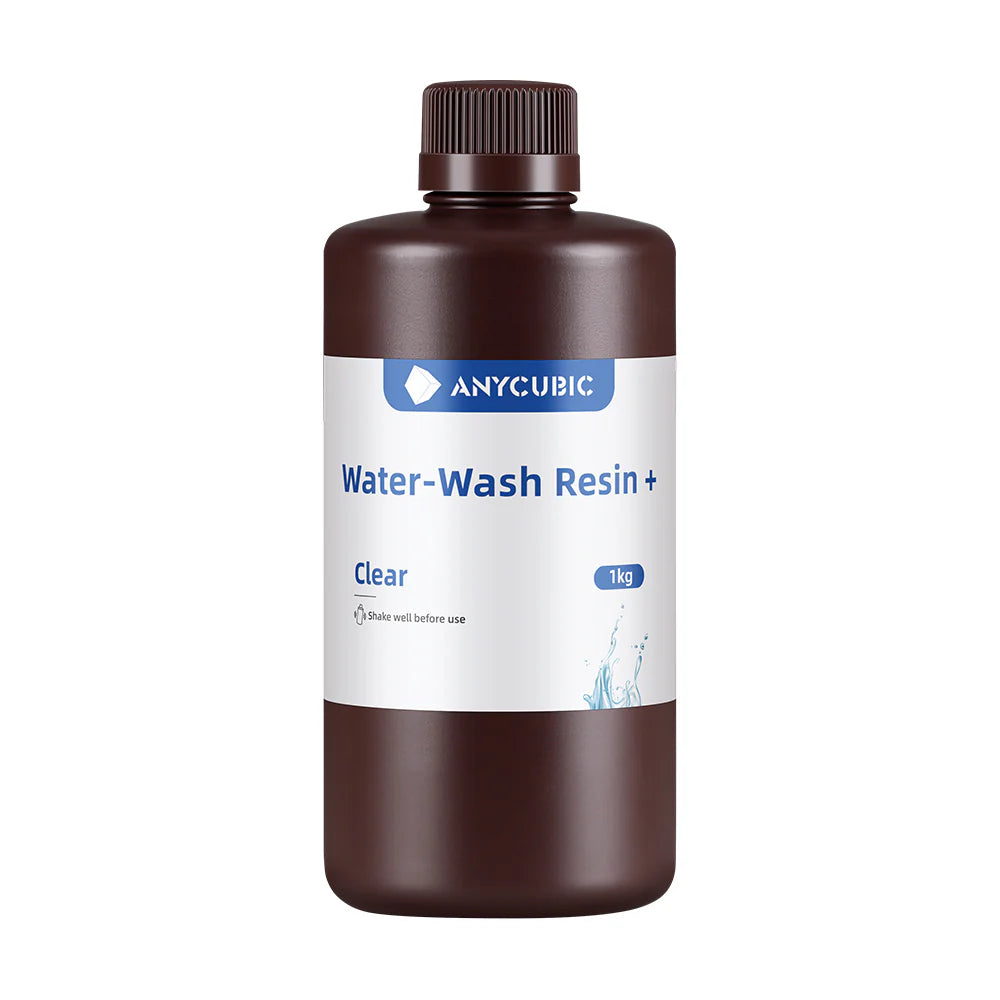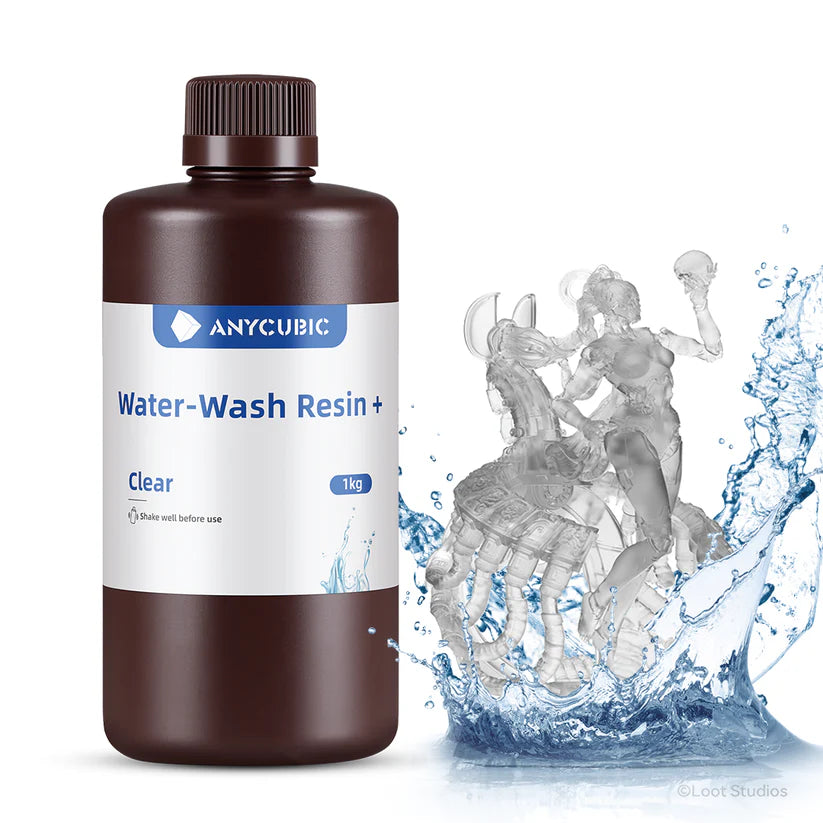Frequently Asked Questions
1. What's the difference between ABS and ASA?
|
ABS |
ASA |
| Composition |
acrylonitrile - butadiene - styrene |
acrylonitrile - styrene - acrylate |
ASA is a modified version of ABS that contains an additional acrylate component, which improves its weather adaptability and UV resistance.
ASA retains the impact resistance and processability of ABS while providing better resistance to fading, yellowing, and degradation from sunlight exposure. Both of them may release pungent and unpleasant odors during printing, but the pungent odor of ASA is notably lighter than ABS.
2. What is the difference applications between ABS and ASA?
ASA is ideal for outdoor applications, such as automotive exterior parts, signage, and outdoor equipment, thanks to its enhanced weather resistance and color stability. ABS is a versatile material with excellent mechanical properties that is commonly used for indoor applications.
3. What are the similarities between ABS and ASA?
In terms of physical and mechanical properties, both exhibit good impact resistance and high tensile strength, with almost the same levels of strength, toughness, and stiffness. Both ABS and ASA may release pungent and unpleasant odors during printing and the same warping tendency and enclosed printer requirement when printing large-size and/or high infill density models.
Accessory Compatibility
|
Recommended |
Not Recommended |
| Build Plate |
Smooth PEI Plate, Textured PEI Plate
|
|
| Hotend |
All Size / Material |
/ |
| Glue |
Bambu Liquid Glue
Glue Stick |
/ |
ASA Hex Code Table
| Color |
Hex Code |
Display |
| White |
#FFFAF2 |
|
| Gray |
#8A949E |
|
| Red |
#E02928 |
|
| Green |
#00A6A0 |
|
| Blue |
#2140B4 |
|
| Black |
#000000 |
|
RFID for Intelligent Printing
All printing parameters are embedded in RFID, which can be read through our AMS (Automatic Material System).
Load and print! No more tedious setting steps.






